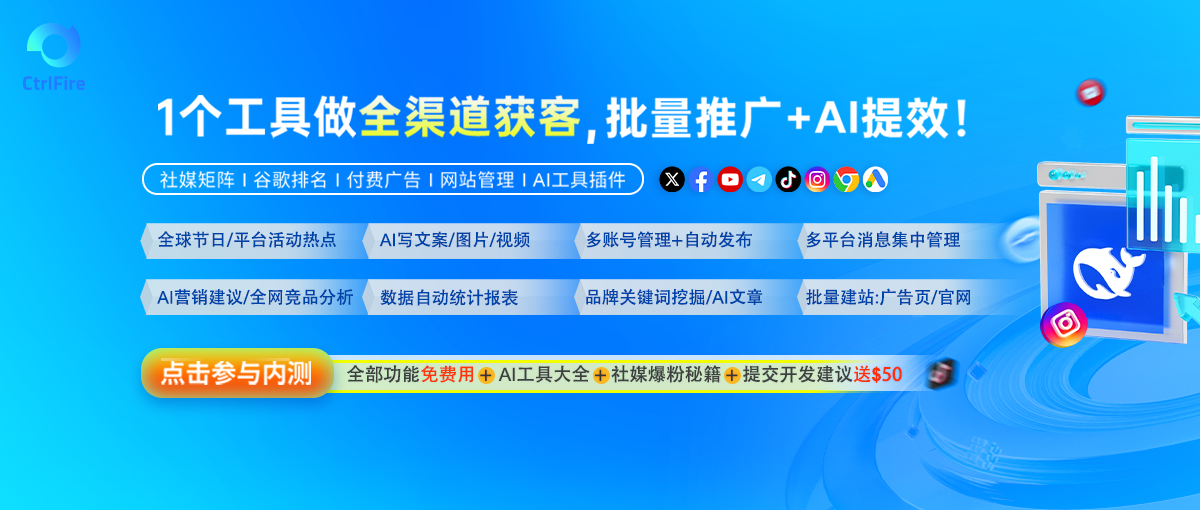Reddit多开账户浏览器使用指南:玩转多个社区身份
Reddit多开账户浏览器使用指南:玩转多个社区身份
你有没有想过,为什么有些人可以在Reddit上同时活跃在不同的圈子,甚至用不同身份发表观点?这其实并不复杂,只需要掌握一些小技巧和工具。今天咱们就聊聊如何通过Reddit多开账户浏览器,轻松管理多个社区身份。
说实话,刚开始接触这个话题的时候,我也觉得有点复杂。毕竟,Reddit对账号的管理非常严格,稍不注意可能就会被封号。但后来我发现,只要方法得当,一切都可以变得简单又高效。
为什么需要多个Reddit账号?
首先,我们得搞清楚一个问题:为什么要用多个Reddit账号?其实原因有很多:
- 如果你是一个内容创作者,可能需要用一个账号发布作品,另一个账号收集反馈。
- 如果你想参与某些特定的讨论组,但又不想暴露主账号的身份,多账号就显得尤为重要。
- 对于市场营销人员来说,多账号可以帮助测试广告效果或者观察目标用户的行为。
所以,无论你是哪种类型的用户,多账号都能为你提供更多的灵活性和自由度。
选择合适的多开工具
接下来就是关键一步了——选择适合自己的多开工具。目前市面上有不少浏览器支持多开功能,比如AntiDetect、Multilogin等。这些工具的核心作用是让你能够在一个设备上运行多个独立的浏览器环境,每个环境都拥有独立的IP地址和Cookie数据。
举个例子,假设你正在用AntiDetect浏览器,它允许你创建多个配置文件,每个配置文件对应一个Reddit账号。这样一来,即使你在同一台电脑上操作,也不会被系统检测到异常登录行为。是不是听起来很方便呢?😊
设置与注意事项
当然,光有工具还不够,正确的设置同样重要。以下是一些实用的小建议:
- 避免频繁切换账号:短时间内多次登录不同的账号容易引起怀疑,尽量保持每个账号的活动时间间隔。
- 绑定不同的邮箱:为每个Reddit账号注册独立的邮箱地址,这样可以减少关联风险。
- 使用代理IP:确保每个账号使用的IP地址互不相同,最好选择高质量的代理服务。
- 模拟真实行为:不要让某个账号过于机械化地发帖或评论,偶尔加入一点“人味”,比如点赞、收藏别人的内容。
说到这里,我突然想起自己第一次尝试多开时的一个小插曲。当时因为没注意IP问题,结果两个账号都被限制访问了,真是哭笑不得😂。后来吸取教训,严格按照上述步骤操作,再也没有出过岔子。
如何有效管理多个账号?
除了技术层面的问题,日常管理也是不可忽视的一环。毕竟,同时运营几个账号可不是件轻松的事儿。
- 制定计划表:给每个账号分配固定的时间段进行维护,比如周一更新A账号,周三关注B账号。
- 记录重要信息:把每个账号的用户名、密码、绑定邮箱等信息整理成文档,方便随时查阅。
- 定期检查状态:每隔一段时间查看各个账号是否正常运作,及时处理可能出现的问题。
其实啊,管理多个账号并没有想象中那么困难,只要养成良好的习惯,一切都将井然有序。
总结
,通过Reddit多开账户浏览器,你可以更灵活地探索这个充满活力的社区平台。无论是为了工作还是兴趣爱好,多账号策略都能为你打开新世界的大门。不过,记得始终遵守Reddit的规则,合理合法地使用这些工具。
希望这篇文章能帮到你!如果还有什么疑问,欢迎随时交流哦~ 😊
目录 返回
首页
